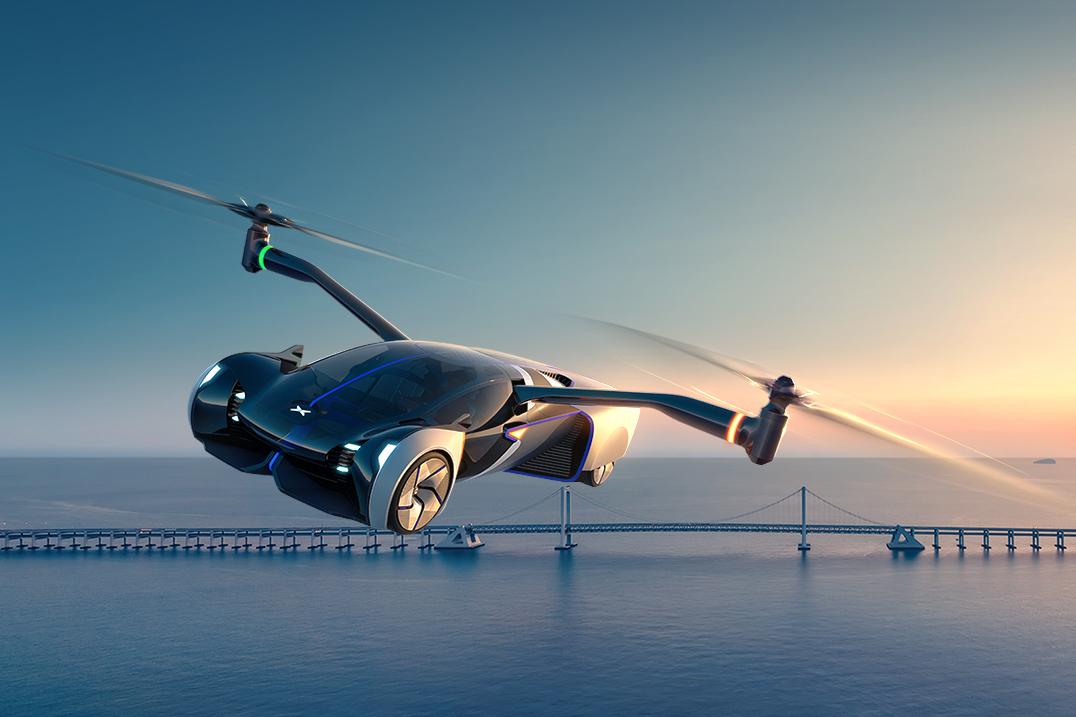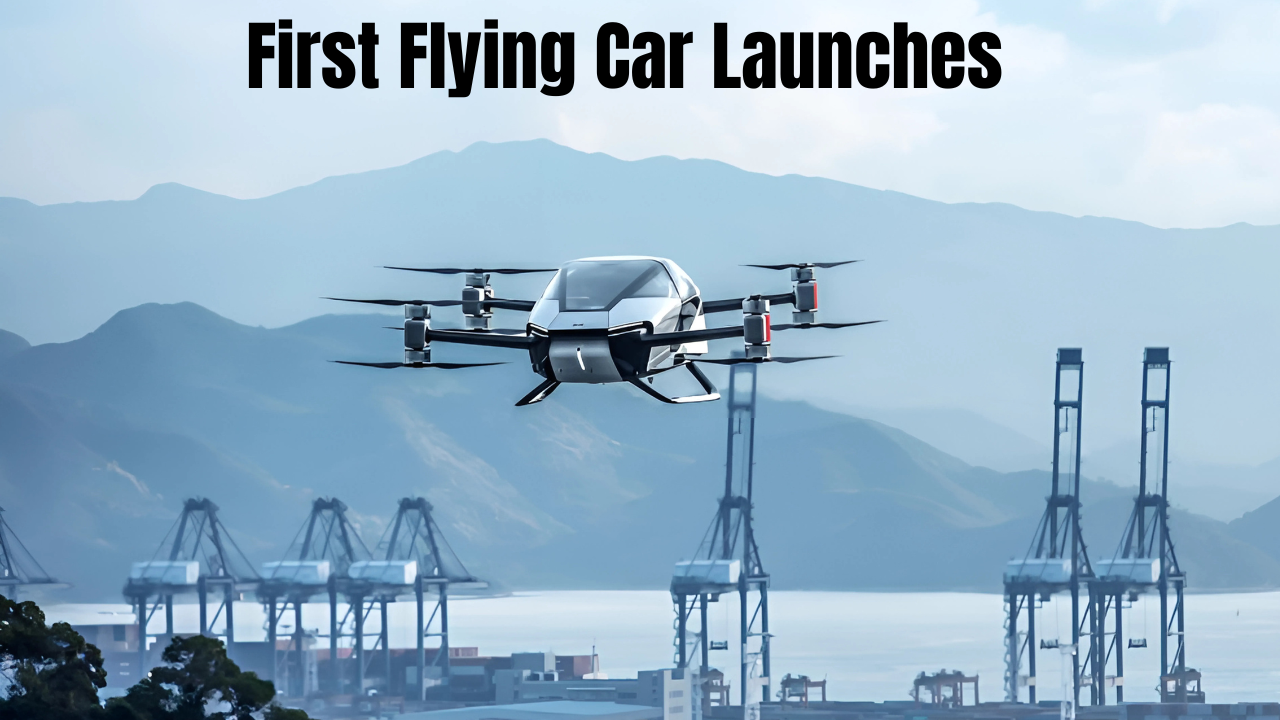In a groundbreaking moment for Australia’s transport landscape, the country’s first flying car, the AirCar by Klein Vision, is officially on sale as of June 2025. Priced at $1 million, this futuristic vehicle promises to redefine how Australians travel, blending the convenience of a car with the freedom of flight. As someone who’s always been fascinated by innovation, I can’t help but feel a thrill at the idea of seeing flying cars take off in our skies—though I wonder how this will fit into our already busy urban airspace. Let’s explore what this means for Australia, the features of the AirCar, and its potential to shape the future of transportation.

What is AirCar and Why is it a Big Deal for Australia?
A Milestone in Transport Innovation
The AirCar, developed by Slovakia-based company Klein Vision, is the world’s first mass-produced flying car, and Australia is among the first markets to offer it for sale. This dual-mode vehicle can seamlessly transition from a road-legal car to an aircraft in just three minutes, thanks to its retractable wings and a 160-horsepower BMW engine. It’s designed to take off and land on short airstrips or grass runways, making it versatile for a country as vast as Australia, where remote areas often lack efficient transport options.
Flying Car
Australia’s Role in the Flying Car Revolution
Features and Specifications of the AirCar
A Car That Flies: How It Works
The AirCar is a two-seater vehicle that combines the functionality of a car and a small aircraft. On the road, it drives like a standard car, reaching speeds of up to 100 km/h. In the air, it can cruise at 190 km/h with a range of 1,000 kilometers, making it ideal for regional travel. Its wings fold into the body for driving mode, and a rear propeller provides thrust during flight. The vehicle requires a pilot’s license to operate in the air, but Klein Vision is working on future models that may simplify this requirement.
I can’t help but imagine zipping from Sydney to Melbourne in under an hour, avoiding the traffic on the Hume Highway. But I also wonder about the practicality—where would you park a flying car in the city, and how would air traffic control manage hundreds of these in the sky?
The Next Generation: AirCar 2 on the Horizon
Klein Vision has already announced the AirCar 2, a production-ready successor set to take its first flight in September 2025. According to ZME Science, the AirCar 2 will feature a 300-horsepower engine, higher cruising speeds, and an extended range of 600 nautical miles. While the current AirCar is a premium product aimed at early adopters, the AirCar 2 aims to be more accessible, hinting at a future where flying cars could become a common sight in Australia.
Who Can Buy the AirCar in Australia?
Target Audience and Availability
The AirCar is currently targeted at affluent buyers, aviation enthusiasts, and businesses looking for innovative transport solutions. Priced at $1 million, it’s not a purchase for the average Australian, but Klein Vision sees potential in sectors like tourism, emergency services, and regional transport. For instance, a flying car could be a game-changer for medical evacuations in the outback, where traditional ambulances often face long delays.
Sales are being managed through exclusive dealerships in major cities like Sydney, Melbourne, and Perth, with deliveries expected to begin in early 2026. Buyers will need both a driver’s license and a private pilot’s license, and the vehicle must comply with strict aviation safety standards set by the Civil Aviation Safety Authority (CASA)
Challenges and Concerns
The Future of Flying Cars in Australia
A Step Toward Sustainable Mobility
The AirCar’s arrival aligns with global trends toward sustainable transport. While Australia struggles with EV adoption—sales dropped to a two-year low in 2025, per The Guardian—flying cars could offer an alternative for reducing road traffic and emissions in the long term. Klein Vision has hinted at developing electric or hybrid versions of the AirCar in the future, which could further align with Australia’s push for greener transport under the Albanese government’s emissions standards.
What’s Next for Australia’s Skies?
The AirCar is just the beginning. Other companies, like Japan’s SkyDrive, are also developing flying cars, with Suzuki potentially launching one by the end of 2025, according to the Daily Mail. Australia’s vast landscapes and progressive stance on innovation make it an ideal testing ground for these vehicles. However, widespread adoption will depend on regulatory frameworks, infrastructure development, and public acceptance. For now, the AirCar serves as a symbol of what’s possible—a glimpse into a future where the sky is no longer the limit.
As I reflect on this news, I’m excited about the potential but cautious about the challenges. Flying cars could transform how we navigate Australia’s sprawling terrain, but only if we address the practical hurdles first. For now, I’ll keep an eye on the skies, dreaming of the day I might see an AirCar soaring overhead.
Frequently Asked Questions (FAQs)
What is the price of the AirCar in Australia?
The AirCar is on sale for $1 million, targeting affluent buyers and businesses.
When will the AirCar be available for delivery in Australia?
Deliveries are expected to begin in early 2026 through exclusive dealerships.
Do I need a pilot’s license to operate the AirCar?
Yes, you’ll need both a driver’s license and a private pilot’s license to use the AirCar.

